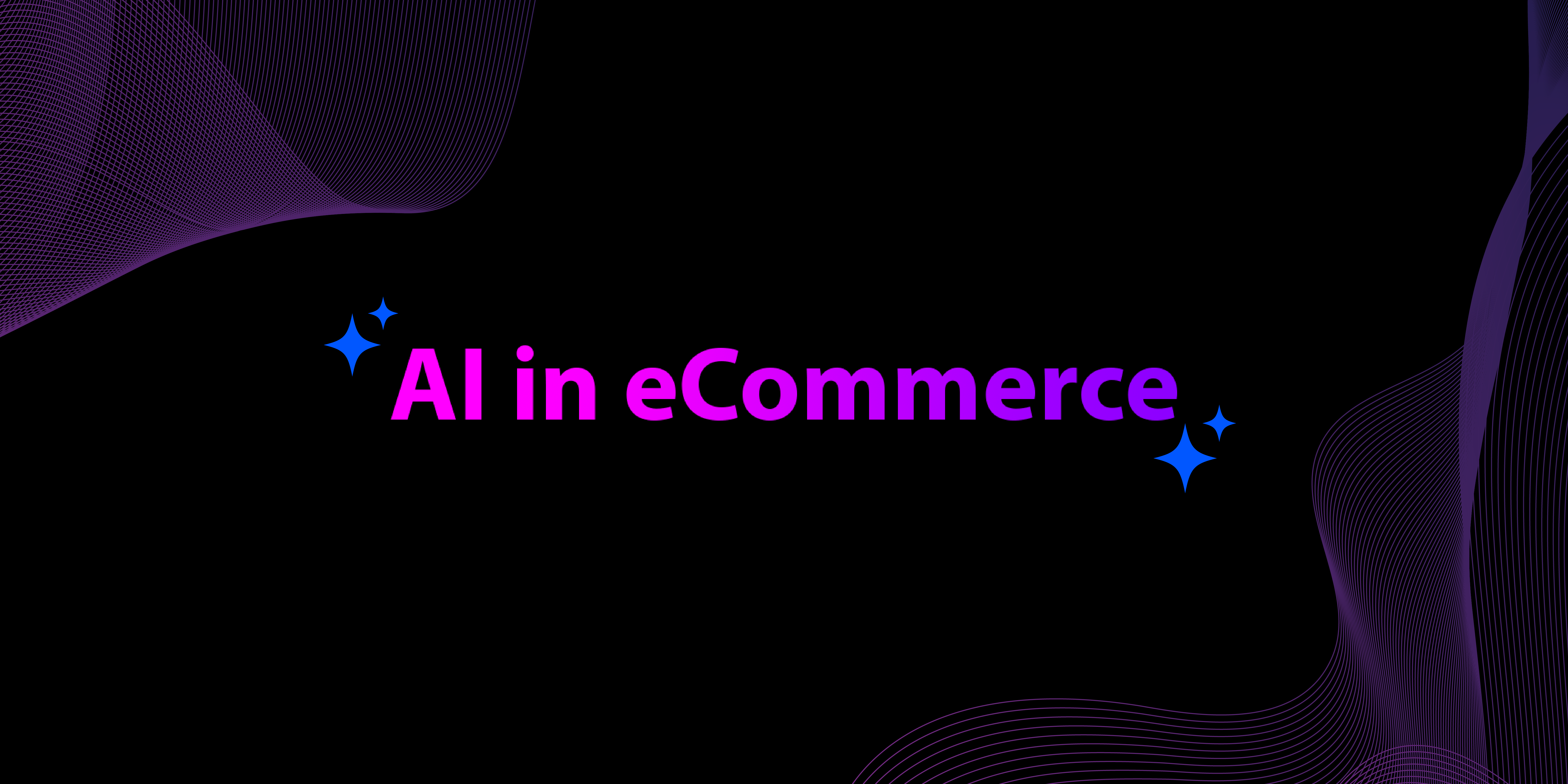

Last updated on
May 17, 2023
Running a successful eCommerce business isn’t just about offering a great product at an attractive price point.
With so many eCommerce businesses selling similar products at similar prices, you need something special to differentiate your business from everyone else. What’s the answer? Offering a better customer experience than all the rest.
Before we get into the details of exactly how to make sure your eCommerce customer experience is better than those of other competing businesses, let’s take a look at exactly what customer experience is.
Often shortened to CX, this term refers to the overall impression a customer gets of your brand. Each step of your customer’s journey — from those initial glimpses of your product to making a purchase, signing up for your newsletter, or having their items delivered, impacts their perception of your brand.
Being committed to offering a stand-out customer experience can have all kinds of positive impacts, from improving brand loyalty to increasing your revenue. So if you’re ready to take a good look at your customer experience and find out what could potentially be holding you back, these are the questions you need to ask yourself.
Now more than ever, convenience truly matters.
The National Research Federation revealed that 97% of US customers will think nothing of abandoning a purchase if their shopping experience isn’t easy and convenient. This ties in with Linnworks eCommerce trends research, with 76% of customers saying convenience is their top priority when selecting a retailer.
While your price point is also a consideration, it’s not everything. In fact, 46% of customers are happy to pay more for an item if it’s easy for them to buy, according to Linnworks research. Making sure you provide a convenient, easy-to-understand purchasing process isn’t optional, it’s essential.
Understanding your customer is the first step in creating this unique customer experience that provides both convenience and flexibility. Consider creating a customer journey map that tracks the specific stages at which customers engage with our brand. This will help you gain a better understanding of how your customers are engaging with your brand at each stage of their journey. Make sure each and every stage of their journey offers convenience and flexibility.
Your customer journey map can be short and sweet, focusing on the main steps of:
Or it can be far more detailed and look at a whole range of specific customer interactions between and around these steps. You may want to consider any barriers, questions, and motivations that your customer is going to have at each stage of their journey.
Knowing how you’re going to meet these in advance will give you a serious advantage. If your product requires an extensive or complex setup procedure, then anticipating how you can guide your customers through these steps will not only help reduce calls to your technical support line, but will gain you serious kudos when it comes to convenience.
As our lives get busier, customers don’t just expect convenience, they demand it. If your eCommerce business doesn’t offer a seamless shopping experience, your customers will simply switch to competitors. Offer convenience, and they’ll stay with you and be loyal to your brand.
Creating an amazing CX means you need to think about each and every touchpoint along your customer’s journey, and make each of these as frictionless as possible. According to 2021 eCommerce trends research by Linnworks, some ways to make the experience frictionless include:
Make sure that your customer knows what to expect from the minute they press that “add to cart” button to when their parcel arrives. It’s important to include a confirmation email, details of tracking numbers, and updates on the status of their delivery. Providing details about the carrier their parcel is being delivered by and how they can track any updates with them directly will also be helpful. Add in opportunities to sign up to your newsletter or loyalty programs along the way too.
Making sure your shipping, delivery, and returns policies are clear is vital when it comes to ensuring a positive customer experience. Don’t be fooled into thinking it’s only delivery that matters, as 72% of customers will take your returns policy into account when making their purchase, according to Linnworks research.
It's important to make your returns process as transparent and easy as possible. Many customers don’t want to have to speak to your customer service department when returning an item, so including some form of self-service returns can help increase customer satisfaction. Including a pre-paid returns label is also a great way to improve your customer’s experience, even when they have to return an item.
Offering a range of shipping options is important too. Some customers may always prefer to choose the free shipping, and they won’t mind if this comes with a longer delivery time. Others want their item then and there. So if you do have brick-and-mortar shops, offering buy online and pick up in-store options means customers can enjoy the comfort of shopping online combined with the convenience of being able to have their item on the same day.
Keeping on top of your inventory management is a crucial part of making sure your shipping and delivery times match up to what your customers expect. You need to make sure you understand how to calculate inventory turnover, so that you purchase the right amount of inventory to meet customer demand, but not so much that you have wasted spend on excess inventory.
Also, if you sell across different channels, it’s easier to manage the inventory across all of these environments simultaneously with automation. If there are delays due to items being out of stock, then your customer’s experience will be negatively affected. Furthermore, you can conduct an inventory analysis to reduces operational costs, which consequently promotes better demand forecasting.
The right kind of email marketing can help build a loyal customer base, which can help build your brand’s reputation, improve your growth, and increase sales. Consider segmenting your email list into different groups to provide a truly bespoke email marketing strategy that can offer specific groups of your customers tailored offers.
Segmenting your customers by demographic data, their purchase frequency, and whether they refer new customers is a great start. You can also put in place VIP loyalty offers or send special offers to inactive users to incentivize them to make their next purchase. These kinds of tactics can have a huge impact on brand loyalty and customer satisfaction.
It’s always important to consider creating email marketing strategies that are relevant to your customers, as this increases connection and shows you truly understand their needs. Tailor your emails to specific product categories and then target the customers who have already shown an interest in those specifically. You can also send out emails to coincide with specific dates like certain holidays, or on your customer’s birthdays, with special, limited-time offers for them to enjoy.
Add an emotional connection through user-generated content, informational blogs, and stories about your customers and employees, and enjoy seeing increased engagement and loyalty.
When it comes to establishing and implementing a strong customer experience, tracking your progress using key performance indicators (KPIs) is one of the best ways you can check you’re making strong progress. There’s no point in introducing new strategies if you don’t take the time to monitor their effectiveness.
Here are some KPIs you might want to track:
When it comes to customer experience, there’s no easy,one-size-fits-alll solution - sorry! Success will come down to knowing your customer’s motivations, pain points, and purchase history can help you provide a tailored experience for each and every customer. With many customers now expecting personalization from their favorite brands, this is a part of your business strategy you can’t afford to skip.
Once you’ve designed your customer experience strategy, the next step is monitoring KPIs to keep a close eye on your success. Don’t be afraid to change things up if something isn’t working.
Taking the time to create the most positive customer experience possible can make a huge difference to your brand. Making sure each and every touchpoint along your customer journey is as intuitive and easy-to-use as possible will keep your customers coming back for more, time and time again.
Content marketer by day and book nerd by night, Momina works at Mailmunch as a Marketing Communications Specialist. Momina eats, sleeps, and breathes content marketing. Her expertise ranges from ideation to production to distribution of content, thanks to 4+ years of experience in the B2B content marketing sphere.
Tags:

Hamna Abid
July 11, 2023

Hamna Abid
June 23, 2023

Ammar Mazhar
May 30, 2023